6 Smart Surveillance Use Cases Using Vision AI
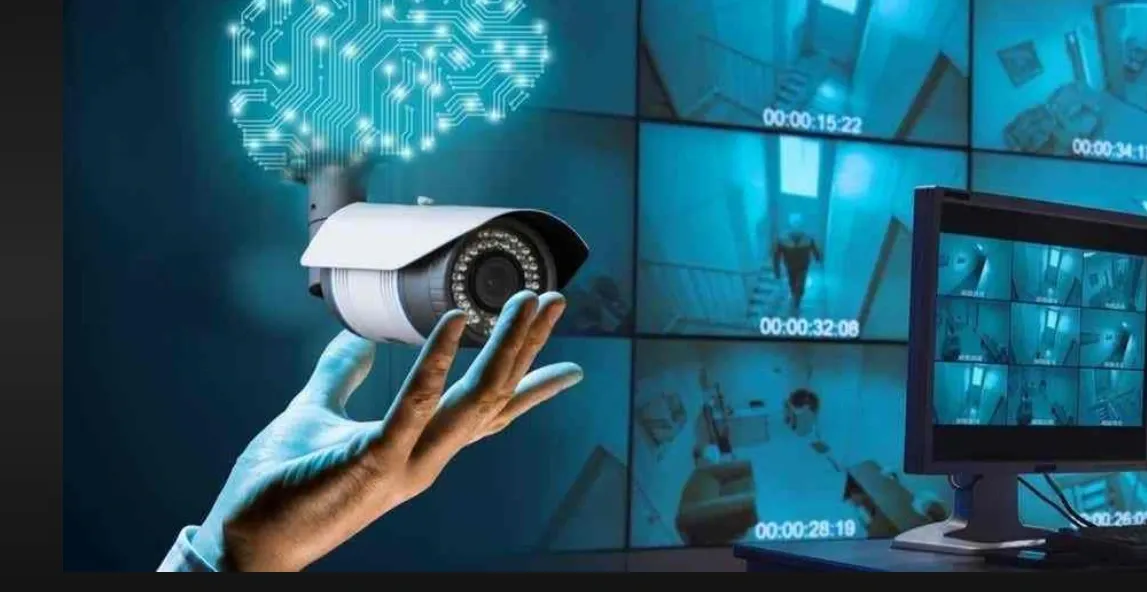
In today's dynamic world, the fusion of artificial intelligence (AI) and data annotation is driving a revolution in the realm of security and surveillance.
Computer vision, supercharged by meticulously labeled data, has ushered in a new era of heightened security, offering a plethora of applications ranging from crowd detection to theft prevention.
The power of AI in surveillance extends to innovative tools like LabelGPT, which are transforming the landscape in remarkable ways. In this article, we will explore the diverse use cases of data annotation in surveillance and how it is reshaping the way we protect our environments.
Table of Contents
- Crowd Detection
- Face Detection
- Traffic Management
- Theft Detection
- All-Night Vision
- What are the challenges of data annotation in surveillance
- LabelGPT: Experience the Power of Data Annotation in Surveillance
- What is the importance of data quality in surveillance
- What is the future of data annotation in surveillance
- Conclusion
- Frequently Asked Questions
Crucial Roles of Data Annotation in Surveillance
1. Crowd Detection
Imagine a bustling airport terminal during a holiday rush or a packed stadium during a major sporting event. Effectively monitoring and managing such crowded spaces is a formidable challenge.
Data annotation comes to the rescue by enabling AI algorithms to count the number of heads or people in real-time. This not only enhances safety but also streamlines crowd movement and resource allocation, making public gatherings more secure. This is accomplished by training AI models on meticulously labeled images and videos, which allows them to learn the visual characteristics of people.
Once trained, these models can be deployed in crowded spaces to monitor and manage crowd movement, detect suspicious activity, and prevent potential accidents.
For example, AI-powered crowd detection systems can be used to monitor airports, train stations, and stadiums during major events. These systems can provide real-time updates to security personnel on crowd density and movement patterns, helping them to identify potential bottlenecks and take necessary measures to ensure safety.
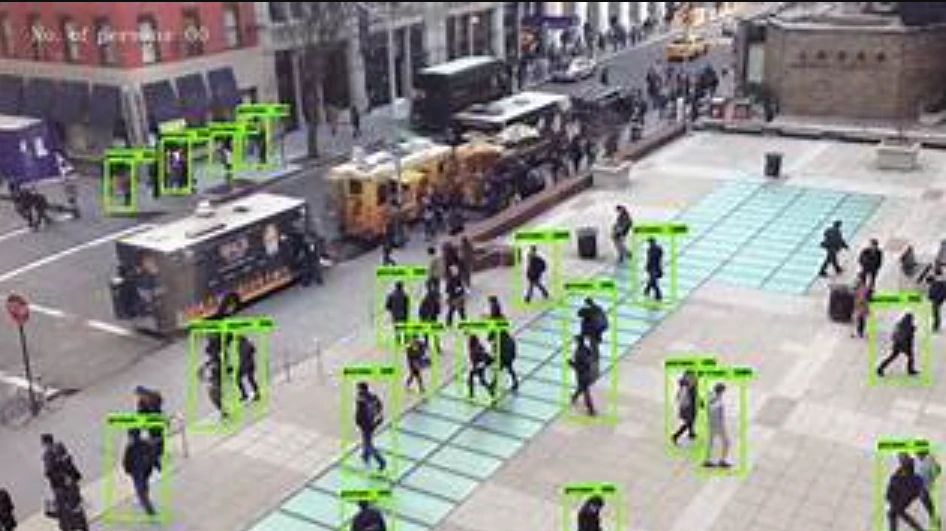
2. Face Detection
Facial recognition technology has become a cornerstone of modern security systems. By harnessing meticulously annotated data, AI-driven security solutions can not only identify faces but also gauge emotions and detect health conditions. This use case has profound implications, from controlling access to sensitive areas to ensuring the well-being of individuals in healthcare facilities.
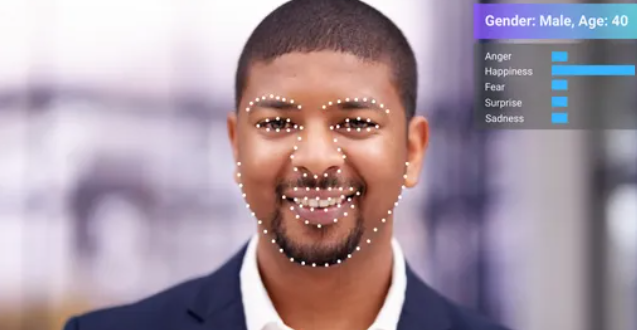
3. Traffic Management
In the realm of traffic management and surveillance, data annotation plays a pivotal role. Machine learning algorithms, trained on annotated data, can swiftly identify and analyze real-time traffic patterns, detecting suspicious movements and scenarios that could pose risks or threats. This capability enhances road safety, optimizes traffic flow, and contributes to overall transportation efficiency.

4. Theft Detection
Theft and burglary remain persistent concerns for businesses and homeowners alike. AI training data enriched with data annotation empowers security systems to scan, detect, and analyze potential incidents of theft.
Leveraging this technology allows security personnel to receive alerts promptly and take swift action to prevent losses, safeguarding both property and peace of mind.
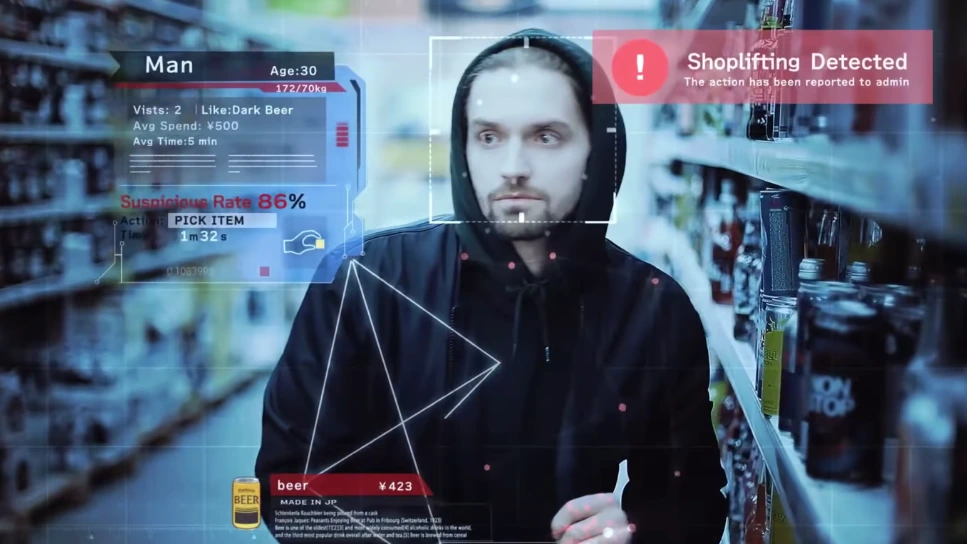
5. All-Night Vision
Security threats do not adhere to a 9-to-5 schedule. AI-enabled advanced vision systems, backed by data annotation, ensure that potential threats are identified and addressed 24/7. Whether it's monitoring a remote facility or safeguarding a critical infrastructure asset, AI equipped with night vision capabilities can significantly enhance round-the-clock security.
6. Drone Surveillance
Drones have emerged as powerful tools for surveillance in challenging environments and dynamic landscapes. By annotating drone-captured images and videos, AI can analyze visual data in real-time, enabling security personnel to swiftly identify and respond to potential threats.
This capability is particularly valuable for monitoring vast areas or hard-to-reach locations, providing an extra layer of security.
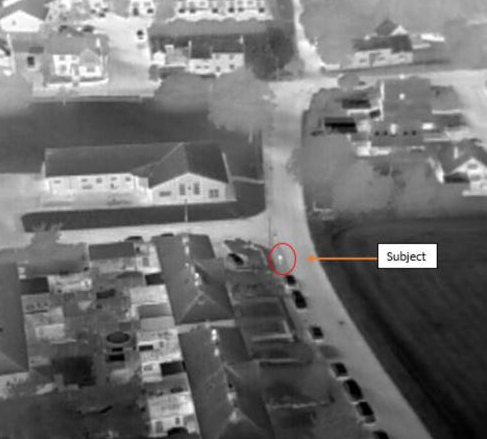
What are the challenges of data annotation in surveillance
Data annotation is a time-consuming and labor-intensive process. This is especially true for surveillance applications, where the data is often complex and difficult to label. For example, annotating a video of a crowd scene may require labeling hundreds or even thousands of individuals. This can be a tedious and time-consuming task.
Another challenge is finding and labeling large volumes of data for complex applications. For example, developing an AI-powered system to detect weapons in real time would require training on a large dataset of images and videos containing weapons. This data can be difficult to find and label, especially if it is sensitive or confidential.
LabelGPT: Experience the Power of Data Annotation in Surveillance
LabelGPT is the solution to all the challenges. In the rapidly advancing world of surveillance, efficient data annotation is paramount. LabelGPT, powered by the cutting-edge technology, is your ultimate labelling solution for security and surveillance applications.
Here's how LabelGPT can empower your surveillance efforts:
- Seamless Integration: LabelGPT seamlessly integrates with your existing surveillance infrastructure, making it easy to incorporate AI-driven enhancements into your security systems.
- Zero-Manual Labeling: Say goodbye to the labor-intensive task of manual labeling. LabelGPT's state-of-the-art labeling engine can accurately detect and label objects, streamlining the process and saving you valuable time.
- Real-Time Precision: With LabelGPT, you can expect real-time precision. The AI-driven labeling engine can rapidly identify and annotate objects of interest, ensuring that your security systems operate with the utmost accuracy.
- Cost-Effective: By automating the labeling process, LabelGPT reduces the need for human intervention, making it a cost-effective solution for enhancing your surveillance capabilities.
Harness the power of LabelGPT to bolster your security and surveillance efforts. With its advanced technology, you can stay one step ahead of potential threats and ensure the safety of your environment. Experience the future of surveillance with LabelGPT today!
What is the importance of data quality in surveillance
The quality of the data used to train AI models is crucial to their performance. Data annotation teams must ensure that the data is accurately labeled and free of errors. This is especially important for surveillance applications, where AI models are used to make critical decisions about safety and security.
For example, if an AI-powered facial recognition system is trained on data that is incorrectly labeled, it may not be able to accurately identify individuals. This could lead to serious consequences, such as false positives or false negatives.
To ensure data quality, data annotation teams must follow rigorous quality assurance procedures. This includes multiple rounds of review to catch any errors. Teams should also use tools and technologies to automate the data annotation process and reduce the risk of human error.
What is the future of data annotation in surveillance
Data annotation will continue to play a vital role in the development and deployment of AI-powered surveillance systems. However, the challenges of data annotation are likely to grow as AI models become more complex and the applications for surveillance AI expand.
To address these challenges, researchers are developing new tools and technologies to automate the data annotation process and make it more efficient. Additionally, companies are developing new data annotation services that can help organizations to label large volumes of data quickly and accurately. Overall, the future of data annotation in surveillance is bright.
As AI technology continues to evolve, data annotation will play an increasingly important role in ensuring the safety and security of our communities.
Conclusion
In a world where security and surveillance are paramount, data annotation has emerged as a silent hero, enabling AI-powered solutions to safeguard people, assets, and critical infrastructure.
From crowd detection and facial recognition to traffic management and theft prevention, the applications of data annotation in surveillance are diverse and far-reaching. As technology continues to evolve, we can anticipate even more innovative and effective solutions to enhance our security and safety.
To make the most of this powerful combination of data annotation and AI in surveillance enter LabelGPT, the cutting-edge labeling tool that transforms the way we annotate data for security applications.
With LabelGPT, you can streamline the labeling process, improve accuracy, and enhance the efficiency of your surveillance systems. As we move forward, the synergy between data annotation and AI, with tools like LabelGPT, promises to create a safer and more secure world for us all.
Embrace the future of surveillance with LabelGPT and stay ahead in the quest for safety and security.
Frequently Asked Questions
1. What is computer vision & data annotation?
The advancement of cutting-edge security and surveillance technology is being greatly propelled by the synergy between computer vision and data annotation. Among the myriad applications of this powerful combination, one of the most impactful is in the realm of object detection.
Computer vision systems, equipped with sophisticated algorithms, are capable of analyzing visual data to identify and track objects of interest in real-time, such as intruders or suspicious packages. Data annotation, on the other hand, plays a pivotal role in training these systems by providing labeled datasets that teach them to recognize specific objects with high accuracy.
Together, these technologies are revolutionizing the effectiveness and precision of security and surveillance measures, bolstering safety across various domains, from public spaces to private facilities.
2. How AI Vision is used in video surveillance?
AI vision algorithms play a pivotal role in tasks such as video summarization, synopsis generation, and content-based video retrieval. Within the realm of video surveillance, deep learning models' historical data output becomes a valuable resource for pinpointing particular events and locating relevant video content.
3. What is smart surveillance?
Smart surveillance systems can be defined as those possessing the ability to extract tailored information from the data they capture, allowing them to create sophisticated, high-level descriptions.
These descriptions, in turn, serve as valuable inputs for automated or semi-automated decision-making processes. Essentially, smart surveillance goes beyond mere data collection; it involves the transformation of raw information into actionable insights.
These systems are capable of discerning specific details and patterns within the captured data, making them invaluable for a wide range of applications, from enhancing security measures to optimizing operational efficiency in various industries.
4. Do smart surveillance capabilities perform personal data analysis?
While smart surveillance technology has garnered interest as a primary means of digitizing personal data, the specific features and functions responsible for conducting personal data analysis have not yet been clearly defined.

Simplify Your Data Annotation Workflow With Proven Strategies
.png)


